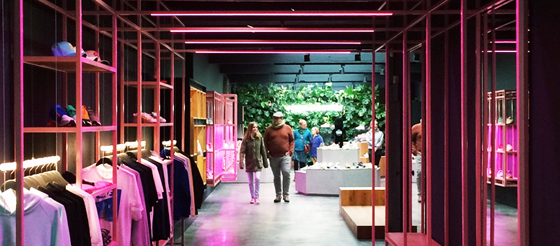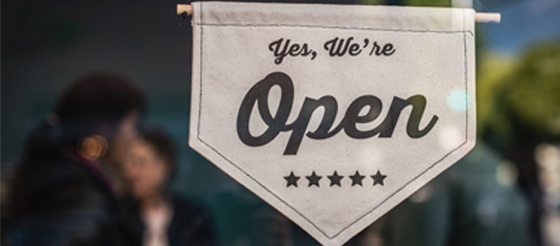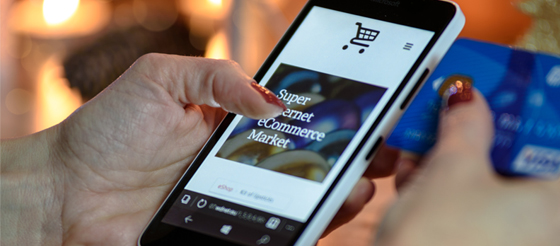
The uncertainty surrounding the fallout from lockdown and consumers’ changed behaviour makes the task of forecasting the future a difficult one for brands. While commentators obsess about the performance of channels and the extent to which ecommerce is replacing bricks and mortar, we are in danger of missing the key factor. Namely the customer.
As the global population responds to the coronavirus pandemic, key trends are emerging, reshaping the consumers priorities and spending outlook in the UK. The real dividing line is between those who respond and offer a great customer experience with those who don’t.
A changed context: New patterns of behaviour established
Every aspect of our life has been impacted. This ranges from the focus on the preservation of health & wellbeing to the renewed focus on the connection with family and friends to cope with the impact on personal safety and security.
Meanwhile, new behaviour patterns for work & play have emerged. We are staying at home to reduce travel and human interaction. This is, in turn, is changing spending habits as consumers adapt and fill their time in new ways.
Brands have had to find a new raison d’etre and are discovering new ways to communicate that emphasise empathy for employees and customers as they go into overdrive to overcome the downturn.
eCommerce can’t offer a true brand experience
While we have remained at home ecommerce has thrived and will be of growing importance. However, the evidence shows online sales will not completely replace lost revenue from traditional retail which needs to be examined.
Online retail sales share increased to 30.8 percent in May and June, however it is forecasted to decrease by 9 percent as stores open. The fact remains customer experience in considered purchases remain important as online can’t offer a true brand experience. Customers still long for the human interaction and advice that comes as part of the bricks and mortar shopping experience.
This was born out by a study we carried out last year that indicated 59 percent of people would always rather speak to a person than an automated system to find out more information about a product. Meanwhile, 73 percent preferred dealing with a human when trying to get a refund.
Innovation tackling safety concerns
So what lessons can retailers and brands take? The circle needs to be squared of people wanting an in-store experience when they are less likely to go to a shop. They also need to have their safety concerns considered when they do venture out.
Interactions can be managed and ideally, some element of browsing can already have been delivered.
Bringing the shop floor to the digital realm
For those more nervous about venturing out, innovative technology can deliver the desired customer experience. For example, Ikea has acquired AR startup Geomagical Labs, driving shoppers to purchase more big-ticket items without needing to visit a store. Geomagical Labs’ key product allows users to scan a room using a smartphone, render that into a panoramic 3D picture, remove all the furniture currently in it and then change the layout of items around the room by adding new items to scale.
This type of innovation and AR more generally will create more engaging digital experiences to help customers accurately visualise their home with new furniture. The same could apply to a whole range of product categories. Smart brands and retailers will be able to gain an advantage through differentiation of this kind.
It’s good to talk
While this may replicate the ‘show’ part of the in-store experience, a gap remains for the ‘tell’ part led by an expert. Retailers need to consider new ways of delivering human interaction, often required with higher ticket items. For example, instore advice can be replaced by training staff in call centres which could replicate the expert advisor instore. The human advice so desired by customers can be given but at a safe distance. This could range from product advice to refunds.
The focus should be a seamless experience delivered across all touchpoints, instead of obsessing about the false divide between online and offline. Retailers and brands need to put the customer’s needs front and centre and understand the need for a human touch. This is the best way of preparing for an uncertain future.
To read the full article please visit CXM.
The photo that accompanies this article is by Robin from Pexels









